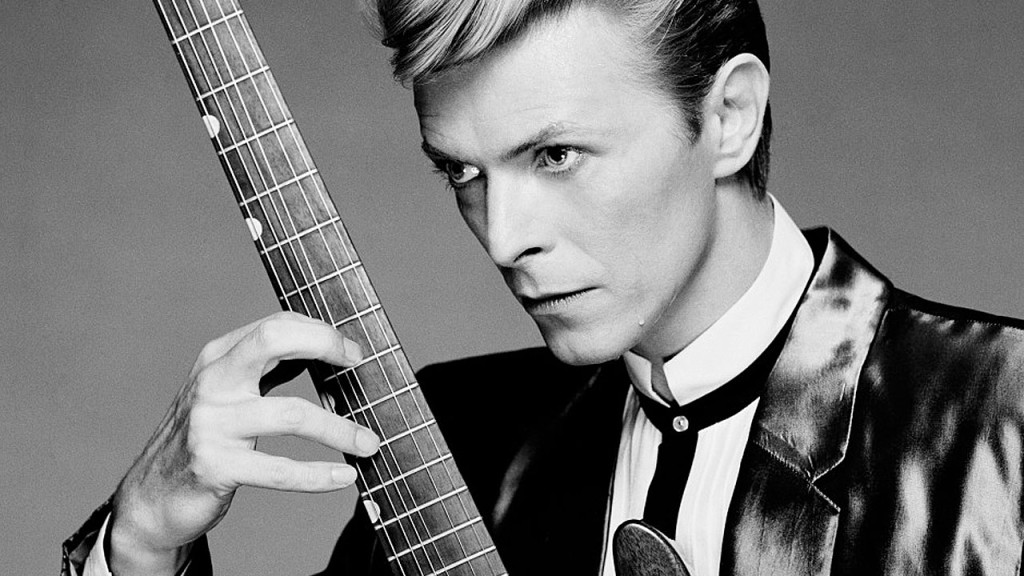 David Bowie has been such a vital figure in the culture for so long, it was impossible for a moment to believe that he had actually died Sunday at 69 of cancer.
David Bowie has been such a vital figure in the culture for so long, it was impossible for a moment to believe that he had actually died Sunday at 69 of cancer.
Only Friday, his 69th birthday, he had released his 27th album, a hailed, complex work that was heralded with its title track a few weeks in advance, “Blackstar,” in an enigmatic and dazzling video.
Vision and music were of near-equal concerns for Bowie, one of rock’s original chameleons who changed looks with new approaches in his recordings. What was your favorite era of Bowie? There are so many from which to choose.
Bowie’s career has been one of dedicated change, from self-invented character to self-invented character — Ziggy Stardust to Thin White Duke to Berlin-based alien to immensely popular “Let’s Dance” crooner.
He was the first rock figure to rise in the 70s to have the same kind of stature of his 60s predecessors — an artist with the substance to change the course of popular musical history several times through the decades. Through his many identity changes, he retained a grace and elegance as well as a control of his image, protecting his private life right to the end, when few knew he had been battling cancer for 18 months.
It was the singles “Changes” and “Space Oddity” that first attracted my ear; “The Man Who Sold the World” and “Ziggy Stardust and the Spiders from Mars” that cemented my devotion. So many great songs.
By the time I got to see him live, in 1990, he was already saying goodbye to all of his hits and vowing to go forward with new sounds, as he always did. He lived up to that promise a year later by forming a new band, Tin Machine, with whom he refused to play the rock star front man.
This incarnation allowed fans to see him work close up in the kind of small clubs he’d never played previously in the states. But it also meant he didn’t play his classics.
“Some people have a problem with it,” Tin Machine bassist Tony Sales told me at the time. “But we’ve experienced a lot of people who say, `Right on!’ They’re into it. A lot of people say, `He hasn’t done anything like this in years! This is happening!’ But of course some people are going to say, `Why can’t he stay the same?’ ”
He rarely did. And when he returned a few years later in 1995 — 20 years ago now — on a tour with Nine Inch Nails, I got to talk with Bowie as he put it together.
“It’s an extraordinary kind of show to try and do. It’s a real experiment,” he told me. “It’s going just tremendously.”
By then he had worked around his previous declaration not to play his old hits; he’d play the deeper cuts instead, “what I guess you could call the obscure, for want of a better word,” he said. “Stuff that I might have performed incredibly infrequently, or things that I’ve never done on stage before, like `Teenage Wildlife.’ ”
The best-known song on that tour, his 1970 “The Man Who Sold the Earth,” had been made familiar by a then-recent unplugged cover by Nirvana.
“I’m working on arrangements, pulling them into line so they would have some connection to audiences that may have never heard the songs before,” Bowie said. “One must presume the songs would be new to them.”
Preparing songs for fresh audiences was nothing new to him; he was always challenging them as he had challenged himself.
I was lucky enough to see Bowie and his band in the small setting of a Port Chester, N.Y., theater in 1997 where a live MTV taping went on with a set that careened from the then new “I’m Afraid of Americans” to “Look Back in Anger,” “The Jean Genie,” “Fame,” “All the Young Dudes,” “Scary Monsters” and, in the warmup, “The Supermen” and “Panic in Detroit.”
Earlier that same year, I saw his 50th birthday concert at Madison Square Garden, where he performed with Lou Reed, Sonic Youth, Frank Black, Robert Smith, Dave Grohl and others on many of his classics.
Near the show’s end — after the cake was given out and before a solo finale of “Space Oddity” — Bowie said, “I don’t know what I’m going to do next,” referring to the future. “But I promise it won’t be boring.”
It never was.
Here was his last video: